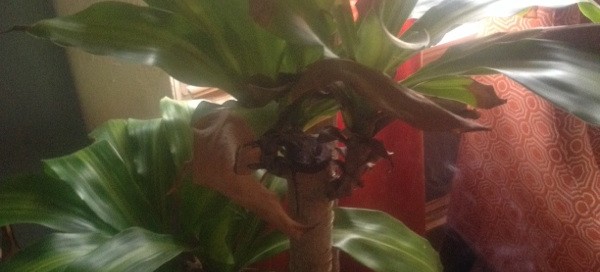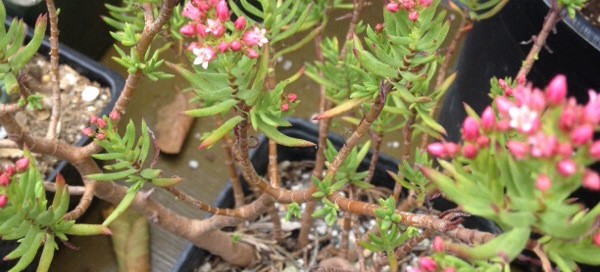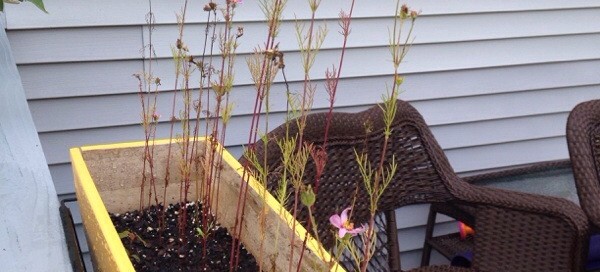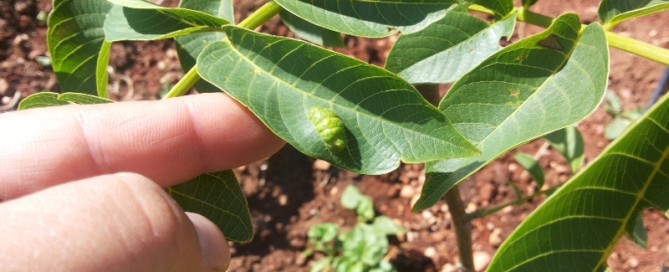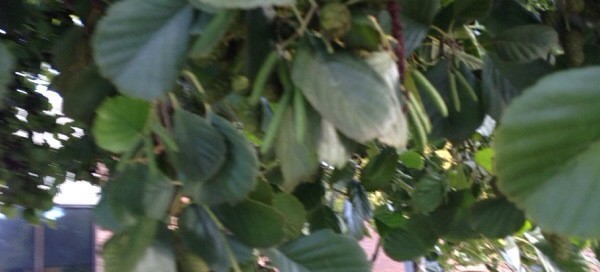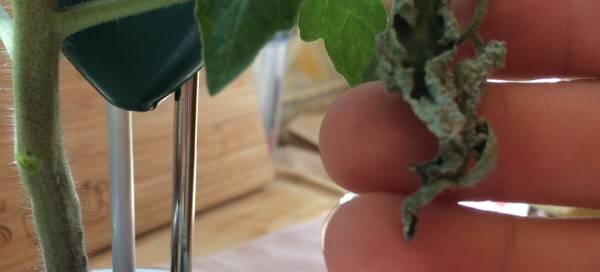Lilac
This may be a lilac but it's hard to be sure since the joining of the stems of the two largest leaves is hidden by a smaller leaf. If you could send us a photo of two pairs of leaves showing how the stems of those leaves attach to the main branch, we could tell for sure. Lilacs have leaves that are opposite - since so many plants have similar shaped leaves one way of telling one from another is how the leaves are arranged on the stem. Another is to have a photo of a flower, or the dried remains from an old flower.
If it is, lilacs produce fragrant trusses of flowers in blue, purple, pink, white in the spring. Lilacs need full sun (or light shade where summers are hot), and regular water. Prune just after flowers are spent to encourage new shoots and better flowering for the following year. Feed with a slow release or organic fertilizer formulated for blooming shrubs about once a year just as the buds are beginning to emerge.

